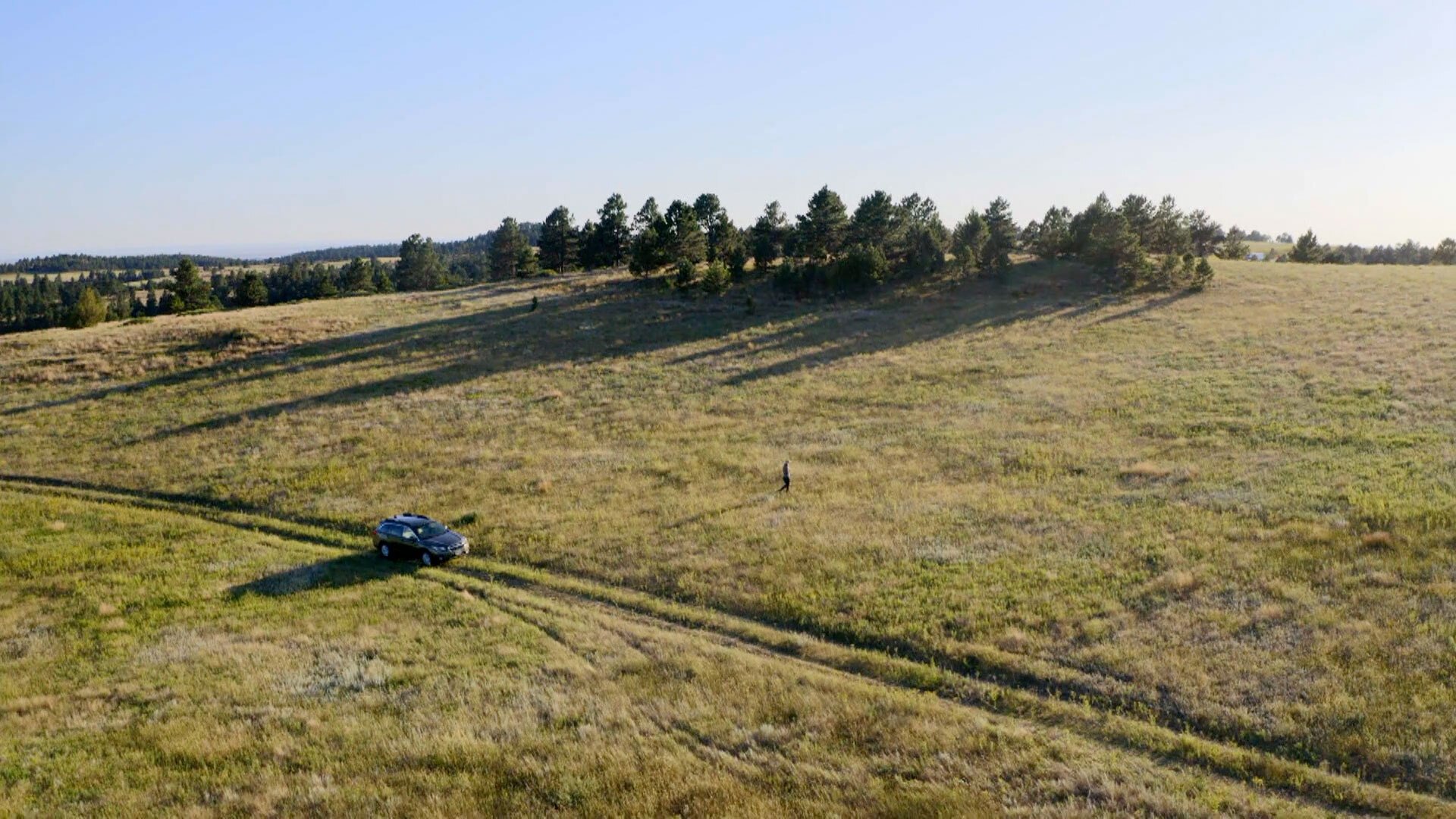A Decommissioned National Monument That Was Once an Abundant Petrified Forest | Stops | Prehistoric Road Trip
It doesn’t look like much now, but the now-defunct Fossil Cycad National Monument was once home to a rich paleobotany site with countless fossilized plants – and 120 million years before that, live cycadeoids that served as dinner for the dinosaurs.

President Warren G. Harding established Fossil Cycad National Monument in 1922. The site contained a remarkable petrified forest of Cretaceous cycadeoids – a type of plant that sort of looks like a short palm tree. The goal was to preserve the fossil site. But instead, fossils began to disappear, some for research purposes, others pilfered by amateur fossil enthusiasts.
According to the National Park Service, “The loss of the exposed petrified plant remains eventually left the site devoid of fossils and ultimately without a purpose to justify its existence as a unit of the National Park Service. On September 1, 1957, the United States Congress voted to de-authorize Fossil Cycad National Monument.”
The cycadeoids, also called Bennettitales, were likely an important part of the ecosystem of the Cretaceous world, possibly serving as food for some herbivores. Fossils of these plants have revealed that the plants sprouted flowers and cones containing fruit, according to the National Park Service.
Watch more of the clip from Prehistoric Road Trip above to learn about Fossil Cycad National Monument.

